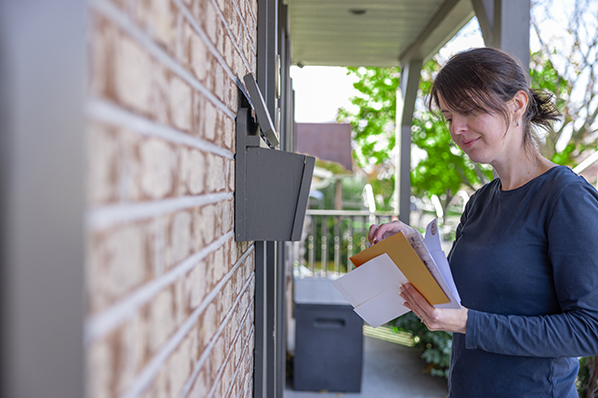REFERRAL PERKS®
For a limited time, earn $200* for you and your friend for every successful referral.
For a limited time, earn $200* for you and your friend for every successful referral.
Learn how an FHSA helps you save for your first home faster.
Learn which savings option is the best for your financial goals.
Explore this step-by-step complete guide to starting a business in British Columbia.
We’ve rounded up 10 of the most common scams — along with ways to identify and outsmart them.

Imagine: you’re scanning through your credit card statement, and suddenly come across a string of unusual charges. Next comes an alert that a line of credit has been opened in your name. Your mind begins to race as you wonder whether you’ve become a victim of identity fraud.
In today’s digital age, this scenario is a real possibility for anyone. But there is good news: You can take steps to protect your personal data. Here’s what you need to know.
First of all: what is identity theft? It occurs when someone uses your personal or financial information to commit fraud, typically for their own financial gain. Criminals can steal your information through data breaches, malware, phishing, social engineering or social media oversharing.
If someone else gets ahold of your personal information, they can use it in malicious ways. They may purchase expensive items using your credit card or open a new bank account — to name a couple of examples. Along with negatively impacting your finances, identity theft can do serious harm to your credit rating.
Identity theft is a big issue — which is why it’s so important to be aware of the steps you can take to mitigate your risk. Here are eight simple ways to safeguard your personal information.
While there’s no sure-fire way to protect yourself from identity theft, there are steps you can take to dramatically reduce the likelihood of it. While seemingly small, taken together these actions can play a profound role in thwarting identity thieves.
Visit our security page for more information. If you suspect that you have been a victim of fraud where it relates to your account(s), please call our Member Advice Centre or visit your branch right away.
Everything is easier with a little help.
We acknowledge that we have the privilege of doing business on the traditional territory of First Nations communities.
© First West Credit Union. All rights reserved.
Proudly Canadian